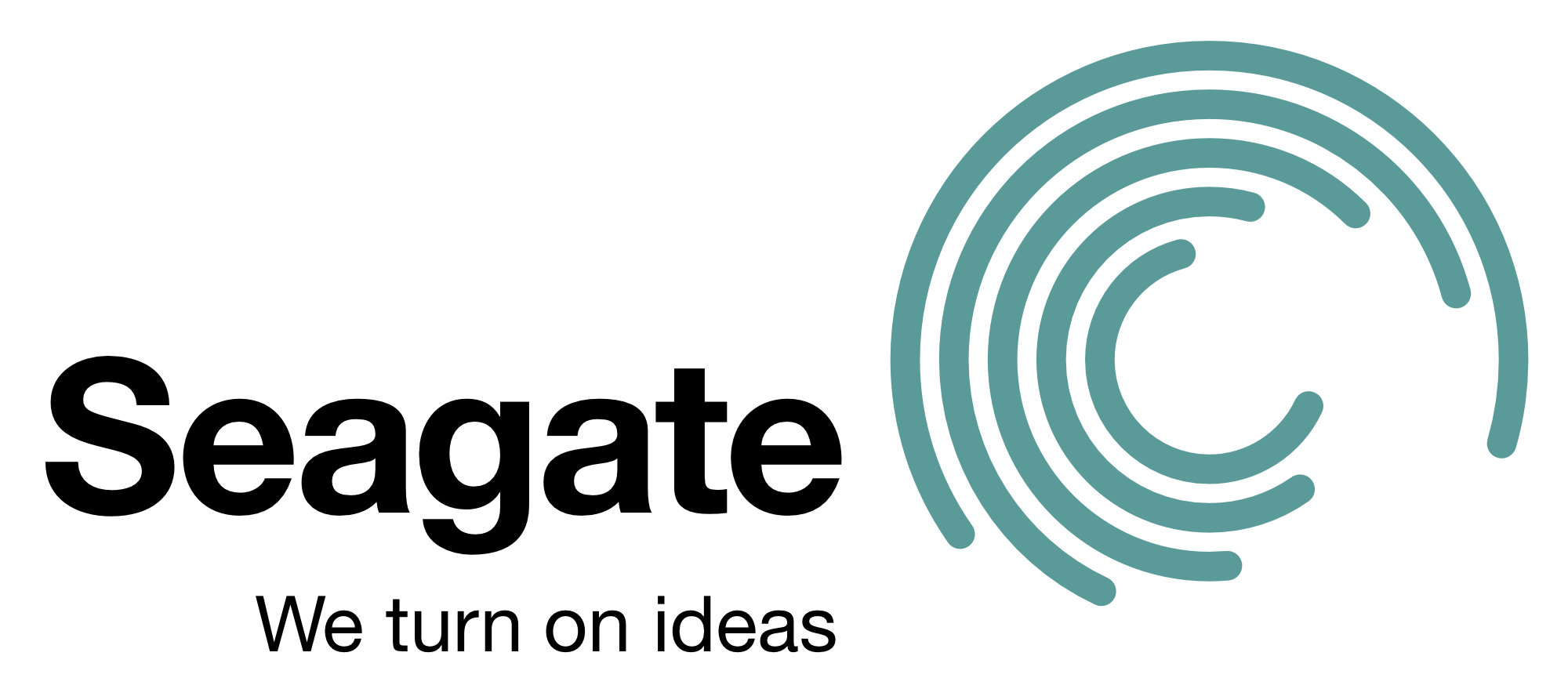Seagate: Industry Not 3TB HDD Capacity-Ready
While confirming that a 3 TB HDD will be announced later this year, Seagate has explained the hurdles the company is facing to make it happen.
While confirming that the company will indeed announce a 3 TB hard drive later this year, Seagate product manager Barbara Craig admitted that moving to a capacity greater than 2.1 TB requires more work than merely upping the areal density. In fact, most PCs just aren't built to cope with hard drive capacities beyond that limit thanks to the original logical block addressing (LBA) standard set by Microsoft and IBM twenty years ago.
We've heard this before song and dance before: the limited LBA was originally designed for DOS, and only allotted 512-byte sectors for each sector, locking capacities to a 2.1 TB limit. According to Craig, at the time no one imagined that technology would allow for capacities over 2.1 TB when the LBA standard was developed in 1980.
With that said, Long LBA addressing will need to be applied to get around the capacity lock, requiring 64-bit versions of Windows 7 and Windows Vista, and modified versions of Linux. As for Windows XP, Long LBA addressing leaves the older OS out of the picture. Craig said that in-house tests have shown that only 990 MB of a 3 TB drive is available in XP, with the remaining 2.1 TB literally unseen by the OS.
But the current LBA isn't the only hurdle. Craig said that a new GUID partition table (GPT) will need to be released, as current master boot record partitions are locked to 2.1 TB. GPT and Long LBA addressing are now part of the new UEFI system, however this new BIOS replacement hasn't become standard, and is only used in a minimum number of motherboards. As it stands now, a 3 TB drive is pointless until the industry is overhauled, including motherboards, RAID controllers, drivers, and operating systems.
"On the UEFI standard, we’re going to a Plugfest next month to ensure that everybody is ready, and the IDEMA Group is also supporting them," Craig said.
Get Tom's Hardware's best news and in-depth reviews, straight to your inbox.

Kevin Parrish has over a decade of experience as a writer, editor, and product tester. His work focused on computer hardware, networking equipment, smartphones, tablets, gaming consoles, and other internet-connected devices. His work has appeared in Tom's Hardware, Tom's Guide, Maximum PC, Digital Trends, Android Authority, How-To Geek, Lifewire, and others.
-
when you say 20 years ago do you mean 30? and also when you say that windows xp only recognizes 990mb do you mean GB?Reply
-
mayne92 Even if Seagate comes out with a 3Tera HDD I wouldn't buy from them. I had loyalty with them but seem to have a knack for crappy firmware and high failure rate HDD.Reply -
adamspc Why would only the first 990GB be seen? It seems like it would be the opposite with the first 2.1TB being seen and the last 990GB not being seen. I guess I'm headed over to Wikipedia.Reply -
beayn Pretty sure it's just typos. WinXP should see 2.1TB and 990GB is unseen while 1980 is 30 years ago. Unless they mean LBA was brought out in 1990, which seems more logical as CHS mapped drives were still in use back then. I can't quire remember that far back.Reply -
adamspc mayne92Even if Seagate comes out with a 3Tera HDD I wouldn't buy from them. I had loyalty with them but seem to have a knack for crappy firmware and high failure rate HDD.Reply
Good point. Anyone else have someone cry when you tell them how much it will cost to get their data recovered? -
tommysch Good thing, this will push the remaining 32-bit OS through the window once and for all!Reply
If you still run a 32-bit OS, you are obsolete. -
tommysch adamspcGood point. Anyone else have someone cry when you tell them how much it will cost to get their data recovered?Reply
Back up... -
martin0642 If you make it, they will come. You are going to make to produce it eventually, so you need the machinery to fabricate them. If they are available, competitors will have to compete and develop technology. If you build it, people with new systems will use it, and people with big data needs (Big online storage companies) then hardware to utilize it will quickly come. The longer you delay, the more you hold back the whole industry. Everyone is waiting on you.Reply
